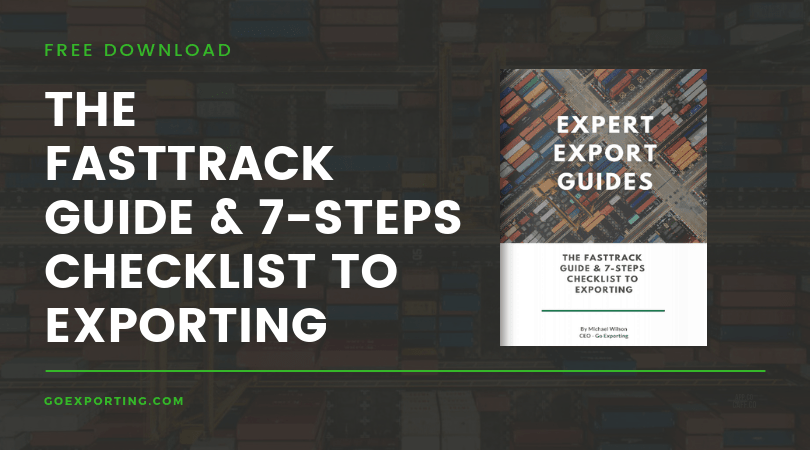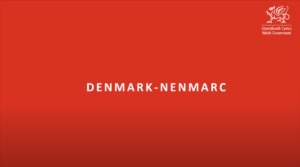The majority of exporters in the UK don’t understand the principles behind the government’s future plans to digitise international trade.
According to a poll during an IOE&IT webinar last month, just 13% of participants on the call understood key terms to do with the digitisation strategy, including ‘single trade window’ and ‘ecosystem of trust’, and aren’t currently making preparations surrounding the 2025 Border Strategy.
Deputy director of the IOE&IT Academy, Vicky Payne, said it wasn’t a surprise that such a low number were aware of upcoming changes to UK export rules and procedures, saying that: “They’re new terms for traders and anyone involved in international trade to get used to.
“It is new to people, but you need to start following government updates about programs like the Single Trade Window because it will become more important going forward.”
The digitalisation of trade is expected to add around 1% to UK GDP with over £200 billion in efficiency savings according to the International Chamber of Commerce, but with all the upheaval surrounding Brexit and businesses having to adapt to a new trading environment with the EU, it’s no surprise that exporting firms are yet to look further down to locate new challenges.
Read more: Irish trade re-focuses on EU markets, away from GB
However, both the single trade window, and ecosystem of trust, could really help exporting firms mitigate some of the additional red tape, costs and delays seen in the wake of Brexit by helping to streamline and standardise processes.
Whilst UK trade bodies believe that a potential functional launch date for the scheme of 2027 is doable, 40% of those attending the IOE&IT webinar said that lack of internal IT skills and resources would be a major stumbling block to adopting any new trading system, though over half said it would benefit speed and efficiency of international trading operations.
Data from Dublin Port has shown how trade volume into Great Britain has fallen since Brexit, whilst exports into the EU have grown.
From January to September last year, overall port throughput fell 3.3% compared to the year before, whilst imports saw a small 0.4% rise.
CEO of Dublin Port, Eamonn O’Reilly, noted that there has been a switch in trade activity since Brexit.
He said: “After nine months, the impact of Brexit on the profile of Dublin Ports’ trade has become clear with volumes on unitised services to Great Britain declining by just over one-fifth while volumes on services to Continental Europe increased by more than a more a third.
“Because of this, our unitised volumes are now split 50/50 between GB ports and ports in Continental Europe. Before Brexit, GB ports accounted for almost two-thirds.”
This shift in the direction of trade activity is having a negative impact on the port, with the volume of trailers moving through the port reducing. Almost 60,000 driver-accompanied loads that would have been expected before Brexit are now going through as unaccompanied trailers.
Read more: UK-EU trade flows down a fifth against no-Brexit expectations
O’Reilly commented further: “This is bad news from a port capacity perspective.
“Our interpretation of this is that the average size of a load in a single container or trailer has reduced because operational efficiencies which the Single European Market had facilitated in trade with Britain has been removed because of Brexit.”
Get post-Brexit trade support
If your business is still working to adapt to the post-Brexit trading environment, Go Exporting can help. Our free post-Brexit planning checklist is a great place to start with ensuring you have everything in place to best mitigate – and look to take advantage of – the new trading arrangement.
For strategic support and advice, learn more about our Brexit consultancy services.









